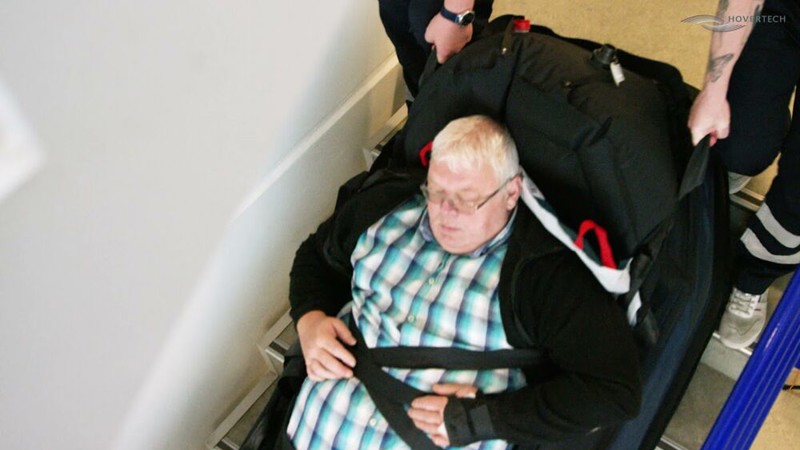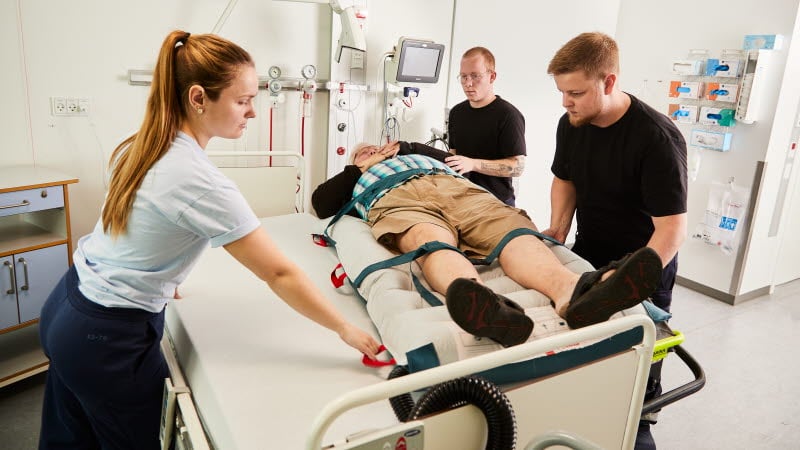Optimize the emergency department for seamless patient transfers
The patient-handling activities associated with a patient's hospital stay often begin before they walk through the hospital doors. Emergency nurses must act quickly in stressful situations by assessing patient needs and working with patients and families in crisis. The work is physically demanding, and because many patients are transferred to another unit after being evaluated, the ER nurses are expected to transfer patients to other areas such as imaging tables, Med-Surg beds, and operating tables.
Etac specializes in air-assisted transfer devices and recumbent transfer solutions, ensuring patients' safe and efficient handling during ambulance transport and admission to the intensive care unit. Our transfer devices recognize the urgent demands of emergency nurses and facilitate rapid patient assessments and seamless transfers to different units.
Explore our solutions to improve the physical aspects of safe patient handling in your hospital environment.

Evaluation of patients’ experience of pain during lateral transfers
The Swedish Karlskoga Hospital made an evaluation where they compared patient pain levels during lateral transfers using glide boards and the air-assisted HoverMatt mattress.
Patients with suspected hip fractures, who frequently undergo such transfers, experienced significantly less pain with HoverMatt. The survey found that the average pain score on a 10-point VAS scale was markedly lower for HoverMatt (1.3) compared to glide boards (5.2). Notably, 50% of HoverMatt users reported 'No pain,' and even the highest HoverMatt pain score (VAS: 5) was less than half the pain experienced by some glide board users.
The study underscores HoverMatt's effectiveness in reducing patient pain during lateral transfers.
Videos

Evacuation through stairwell
Ambulance paramedics evacuate a patient through the stairwell using the air-assisted transfer mattress HoverMatt SPU & Evacuation HoverJack.
Moving a patient from the ground

Paramedics arriving at the hospital



